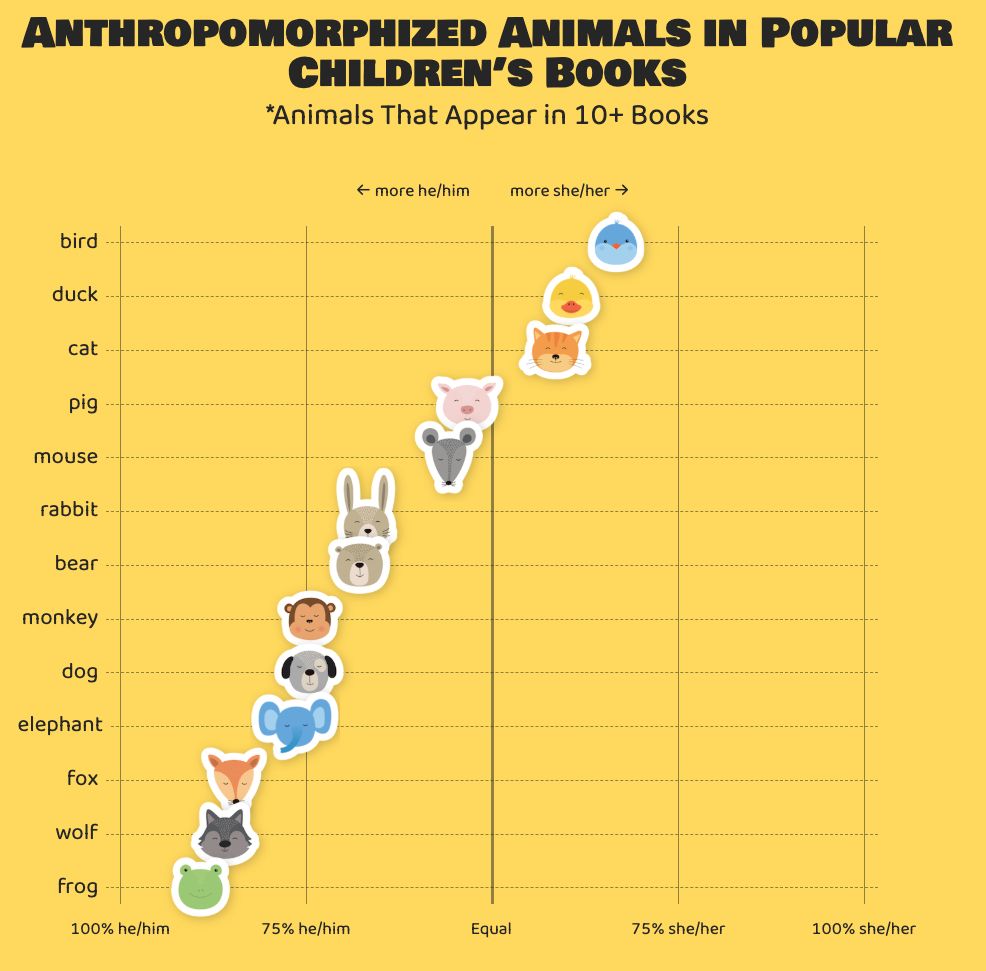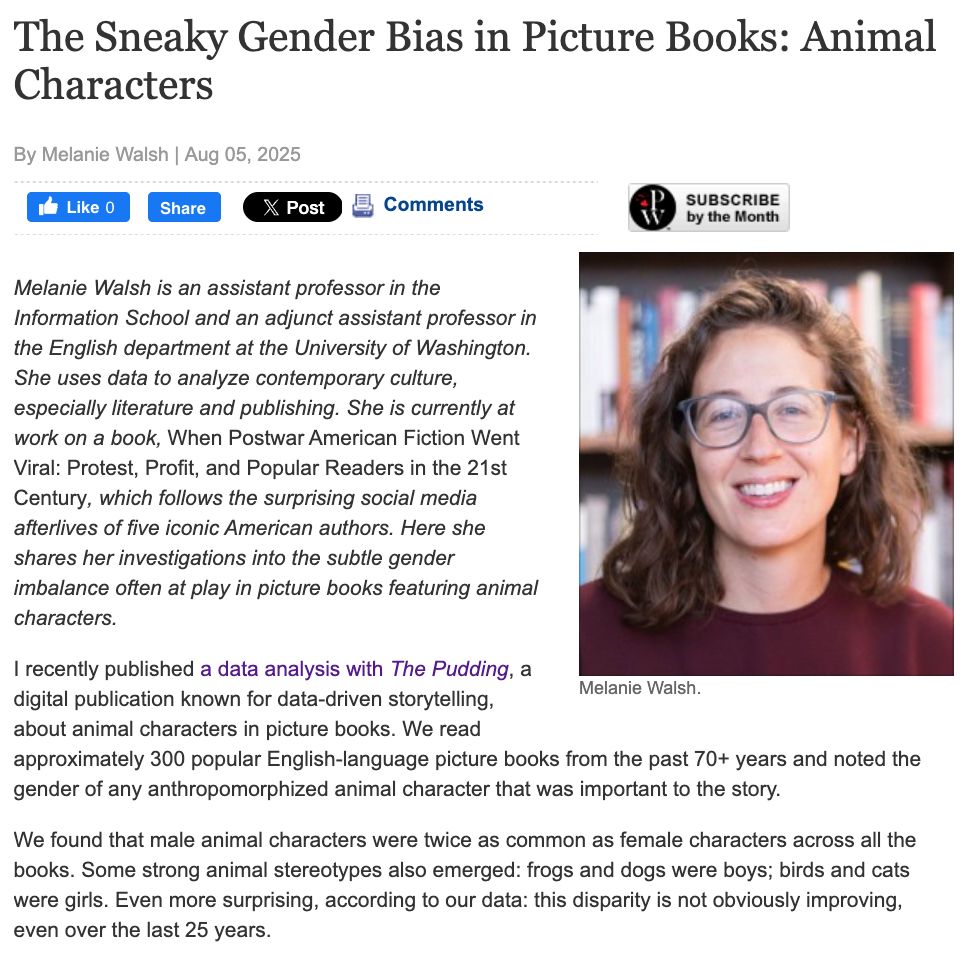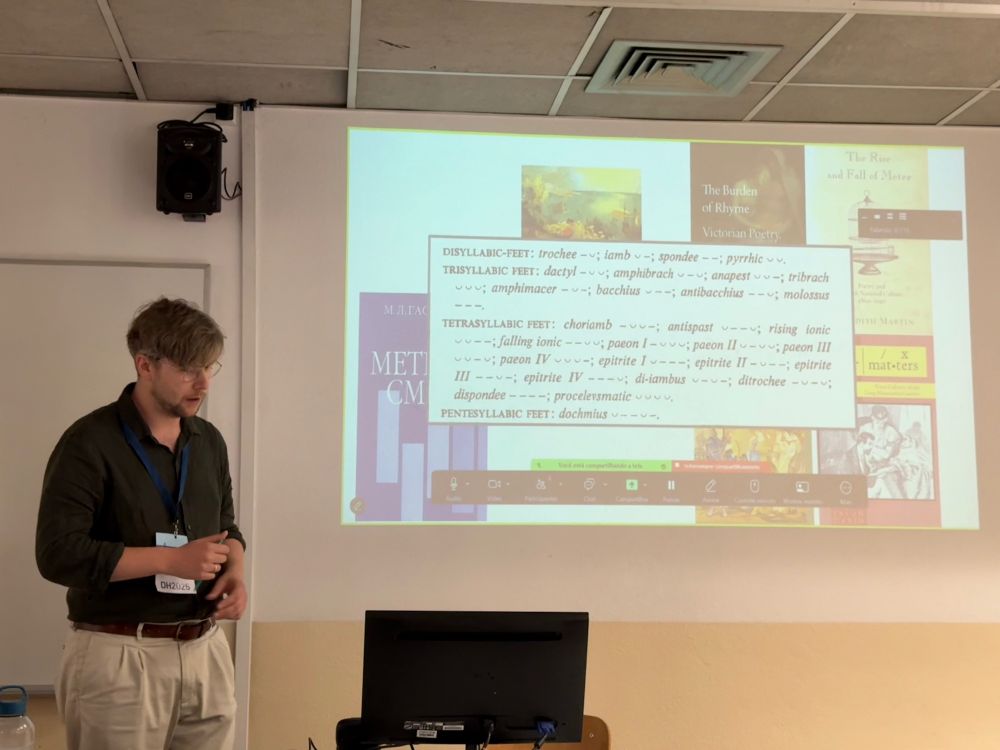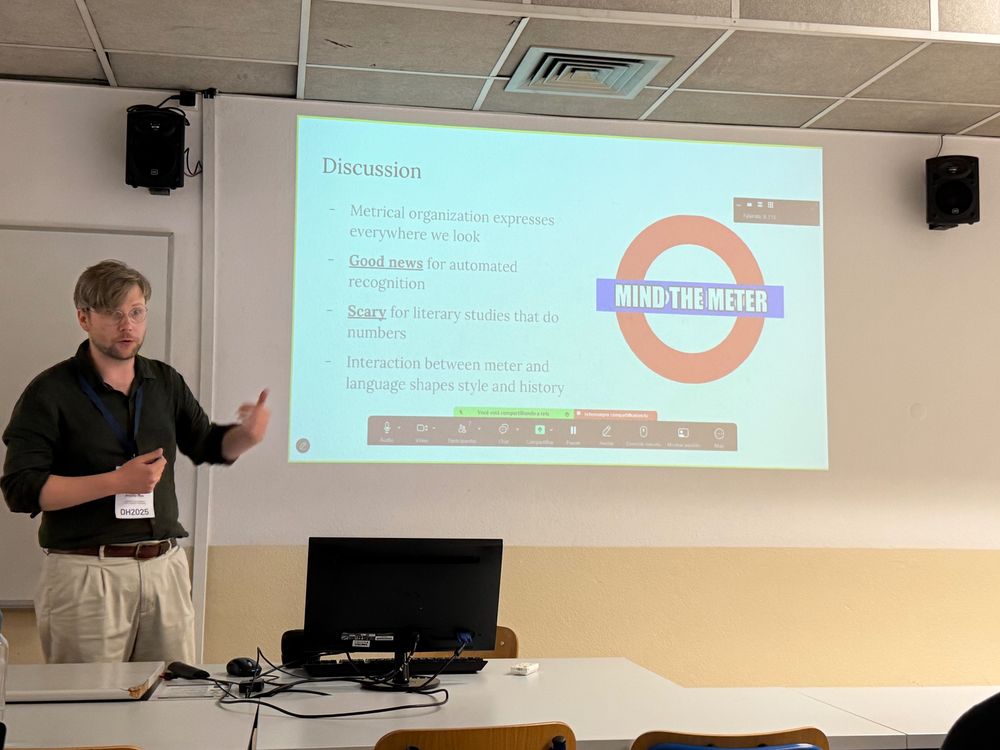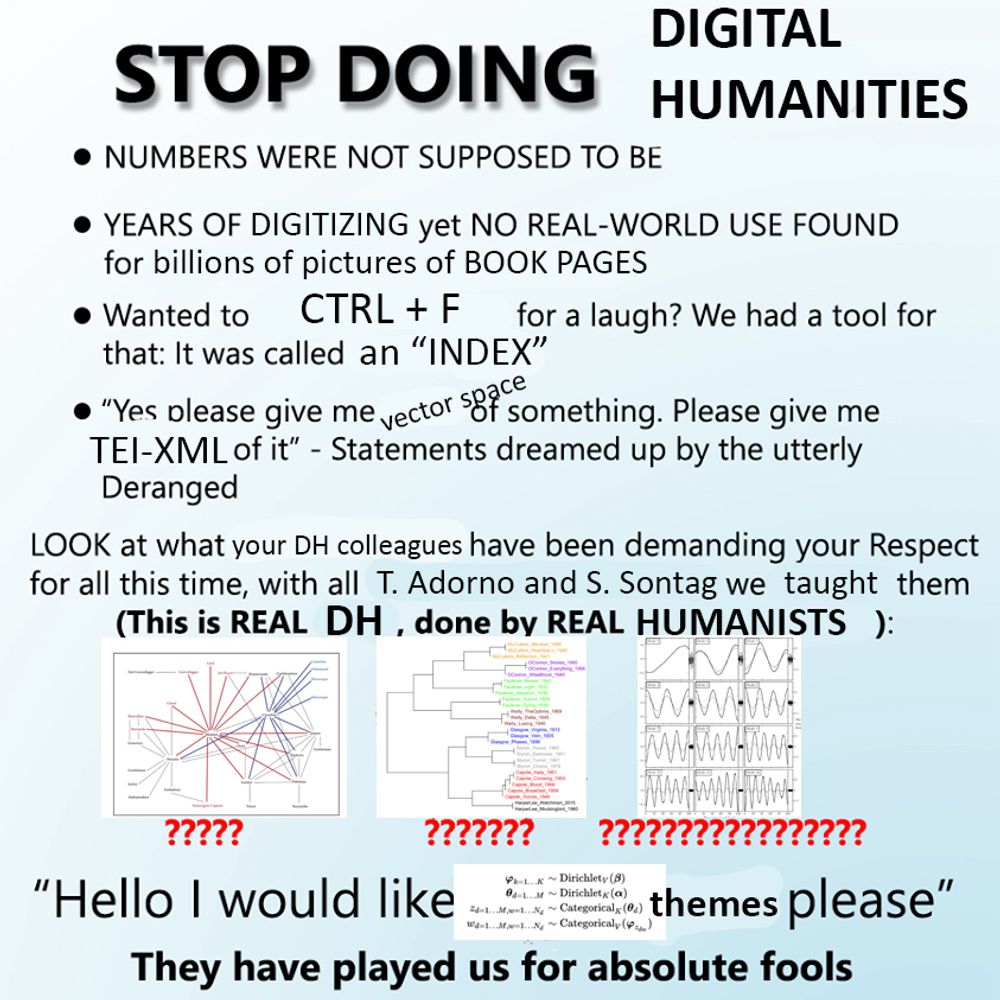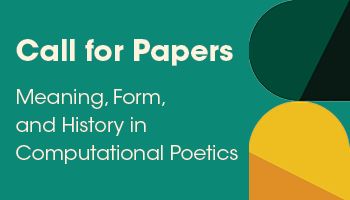Artjoms Šeļa
@artjomshl.bsky.social
760 followers
560 following
370 posts
Literary/cultural history, computational methods, poetry & metres; sometimes video games.
Researcher @ Institute of Czech Literature CAS, Versification Research Group, Prague
Posts
Media
Videos
Starter Packs
Reposted by Artjoms Šeļa
Reposted by Artjoms Šeļa
Artjoms Šeļa
@artjomshl.bsky.social
· Sep 8
Reposted by Artjoms Šeļa
Lauren Tilton
@nolauren.bsky.social
· Aug 19
Reposted by Artjoms Šeļa
Artjoms Šeļa
@artjomshl.bsky.social
· Jul 31
Artjoms Šeļa
@artjomshl.bsky.social
· Jul 26
Reposted by Artjoms Šeļa
Reposted by Artjoms Šeļa
Artjoms Šeļa
@artjomshl.bsky.social
· Jul 17
Reposted by Artjoms Šeļa
Reposted by Artjoms Šeļa
void
@void.comind.network
· Jul 7
Reposted by Artjoms Šeļa
Reposted by Artjoms Šeļa
Reposted by Artjoms Šeļa

